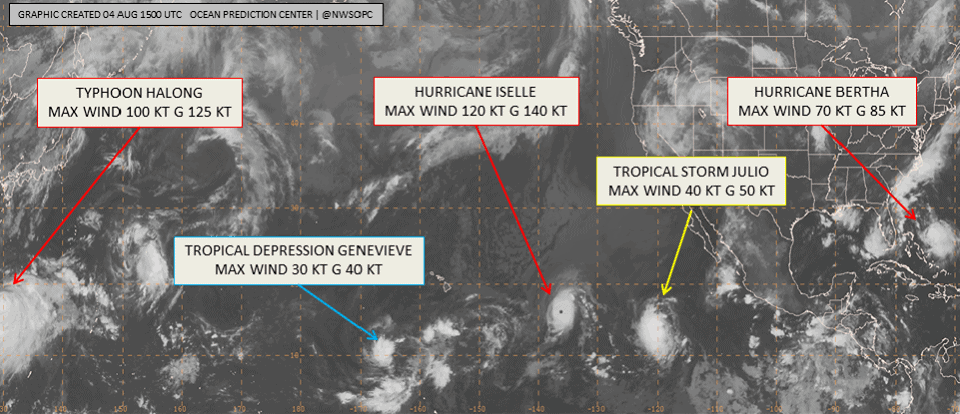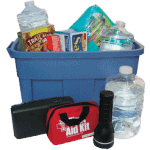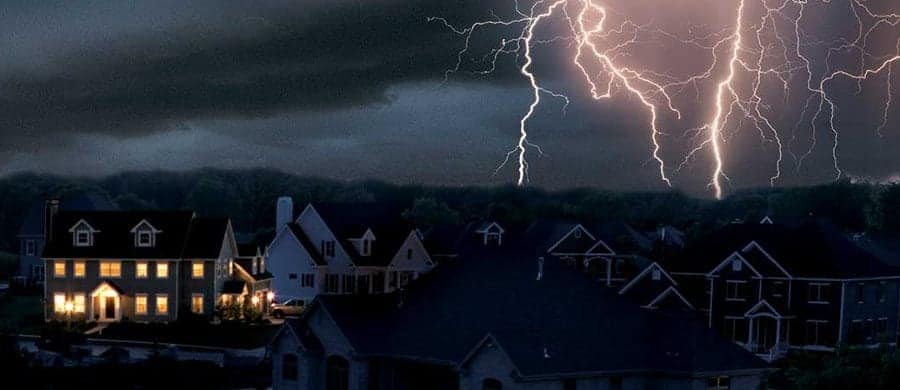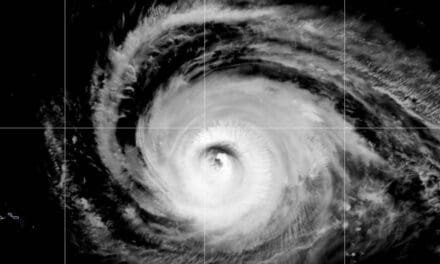As of this date, August 04, 2014, the ocean tropics are very active with five named storms.
East Coast
Bertha has been downgraded from a hurricane to a tropical storm. It is the second named storm of the Atlantic Hurricane Season and located several hundred miles east of North Carolina. Rapid weakening is expected over the next 48 hours as it moves north before turning east, likely as a post-tropical storm. Bertha’s main effect on the USA will be Rip Currents and high surf.
Rip currents are dangerous and may sweep a swimmer far offshore in a matter of minutes. If caught in a rip current, escape the current by swimming across (parallel to the shore) instead of against it. Most swimmers cannot swim against the current and will tire without making significant progress. Swimming parallel to the shore and away from the current makes it much easier to escape the effects.
Hawaii
Two storms will affect Hawaii later this week. Hurricane Iselle reached wind speeds of 140 mph as a Category 4 hurricane. It will make landfall on the Big Island of Hawaii late Thursday or early Friday as either a weak category 1 hurricane or a strong tropical storm. It will affect the smaller islands with tropical force winds, heavy rains, and high surf.
Approximately two and half days behind Iselle is Tropical Storm Julio which is gradually strengthening. Julio will probably reach hurricane status sometime in the next 48 hours and will probably retain its strength through the weekend. Current estimates have Julio sweeping the northeast coast of the Hawaii islands about 90 miles offshore on Sunday and Monday if it stays on its present course.
TD Genevieve and Typhoon Halong
Tropical Depression Genevieve in the Pacific Ocean presently has 35 mph winds as it moves northwest over the Pacific Ocean. It is expected to strengthen to a tropical storm on Tuesday, and become a category one hurricane by Saturday as it passes north of the Marshall Islands.
Typhoon Halong is a category four storm with wind speeds of 132 mph and is producing waves nearly forty feet high. The storm will retain hurricane strength for at least four days as it turns north toward Japan.
Forecast
The Atlantic Hurricane Season Forecast has been reaffirmed as a below average year according to studies by the NOAA and the Department of Atmospheric Science at the University of Colorado. Cooler than normal ocean temperatures, strong high-level wind shear, dry dusty air from the Sahara Desert, and higher than normal air pressure at sea level over the Atlantic will prevent the formation of many tropical cyclones late this summer and into the fall season.
Thus far, the only named storms have been Arthur and now Bertha. Arthur passed over the Outer Banks of North Carolina and Bertha will miss the coast entirely. If the 2014 prediction is correct, only three to four more named storms are expected before November 30.
The Eastern and Central Pacific Ocean will remain very active for the remainder of the season. Another low pressure system located off the coast of Mexico has a medium chance of forming another tropical cyclone within the next five days.
Preparation
Residents of Hawaii should stay informed by monitoring broadcasts by National Weather Service and local authorities and by following instructions. The NWS Central Pacific Hurricane Center has a detailed list of preparation instructions for residents.
Despite a below normal season, Gulf Coast and East Coast residents should remain prepared with planned evacuation routes in the event a hurricane threatens land. Service standby generators and keep maintenance supplies on hand to keep them running for extended periods. Have a ready bag of emergency supplies. Store potable water—one gallon per person, per day—for a week or more and non-perishable foods including canned meats and vegetables.
Portable generator owners should perform maintenance, rotate fuel supplies and keep them fresh with fuel stabilizers.
An NOAA weather radio can provide alerts 24 hours a day, seven days a week to keep you informed of approaching bad weather.
Stay prepared. A hurricane or tropical storm can strike within days of forming. A less active than normal season still offers a good chance that a hurricane or tropical storm will reach land this year. Don’t be caught unprepared.
Image: Five Tropical Cyclones by NOAA NWS Ocean Prediction Center



















